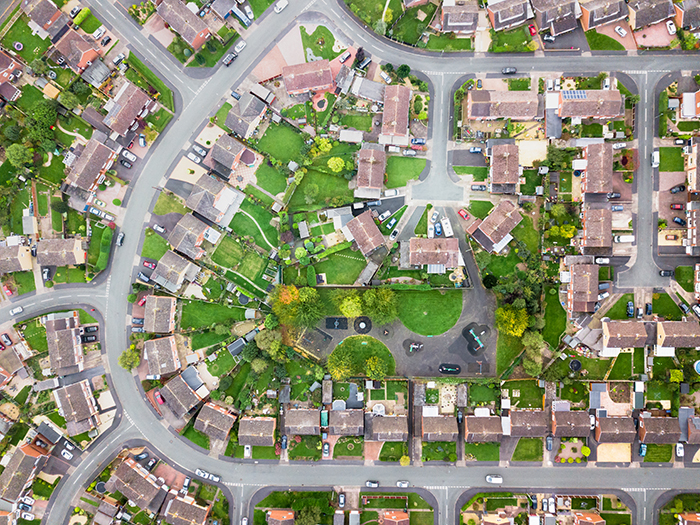
UK house prices rose for the third month in a row in November, lifting 0.2% to an average of £258,557 compared to the previous month, according to the Nationwide House Price Index.
Annual growth “remains weak” with prices 2% lower than a year ago, the report adds, but it points out that this figure is up from a 3.3% fall in October, making last month’s rise the strongest since February.
Nationwide chief economist Robert Gardner says: “There has been a significant change in market expectations for the future path of the Bank of England base rate in recent months which, if sustained, could provide much-needed support for housing market activity.
“In mid-August, investors had expected the Bank of England to raise rates to a peak of around 6% and lower them only modestly (to around 4%) over the next five years.
“By the end of November, this had shifted to a view that rates have now peaked (at 5.25%) and that they will be lowered to around 3.5% in the years ahead.”
Gardner adds: “These shifts are important as they have led to a decline in the longer-term interest rates (swap rates) that underpin fixed-rate mortgage pricing.
“If sustained, this will help to ease the affordability pressures that have been stifling housing market activity in recent quarters, where the number of mortgage approvals for house purchases has been running at around 30% below pre-pandemic levels.”
The data comes after the Bank of England’s Monetary Policy Committee held interest rates at 5.25% in November for the second successive month – but this remains a 15-year high.
SPF Private Clients chief executive Mark Harris says: “While interest rates appear to have peaked, those hoping base rate will move swiftly downwards again to the rock-bottom levels of the recent past are likely to be disappointed.
“Pricing is higher than borrowers have grown used to over the years, meaning those buyers relying on mortgages are more price-sensitive on the back of ongoing affordability concerns.
“The direction of travel for new mortgage rates is downwards, with a number of lenders making reductions this past week and bringing some early Christmas cheer to borrowers.
“With two- and five-year fixes available from below 4.5%, we may be in a higher interest rate environment but rates are becoming more palatable.”
EY ITEM Club chief economic advisor Martin Beck adds: “The latest house price numbers from Nationwide added to the evidence of resilience in values seen in previous price data.
“The EY ITEM Club thinks the risk of a serious correction in prices is increasingly remote. The average interest rate on a new mortgage reached a 15-year high in October.
“Activity in the housing market, as measured by mortgage lending and approvals, has been consistently weak this year.
“And the message from the Bank of England that monetary policy will likely have to remain restrictive for some time has caused markets to rein back expectations of how much borrowing costs will be cut next year.”
Hargreaves Lansdown head of personal finance Sarah Coles points out: “House prices are on the up for the third successive month, which feels like good news.
“However, in order to get these higher prices, you have to actually sell your home – which is easier said than done. Sales have slowed to a crawl. October figures out this week from HMRC showed property sales were down a fifth in a year.
“Mortgage rates are the issue here. They have fallen notably from the peak in the summer, with the average five-year rate now closing in on 5.5% and the two-year rate only fractionally over 6%.
“However, they’re still higher than they were in the spring, and on another level to the rock bottom rates we had become so used to.”
Jeremy Leaf, north London estate agent and former Rics residential chairman, says: “These figures confirm what we’ve seen in our offices – the market is still baring its teeth.
“Despite a 15-year high in base rate and continuing inflation, buyers are showing there is little chance of a correction, although sales are taking longer and prices are softening. Strong employment is also supporting activity.
“We don’t expect to see much change in the months ahead but a gradual improvement as optimism always seems to become more apparent at the beginning of the year.”



